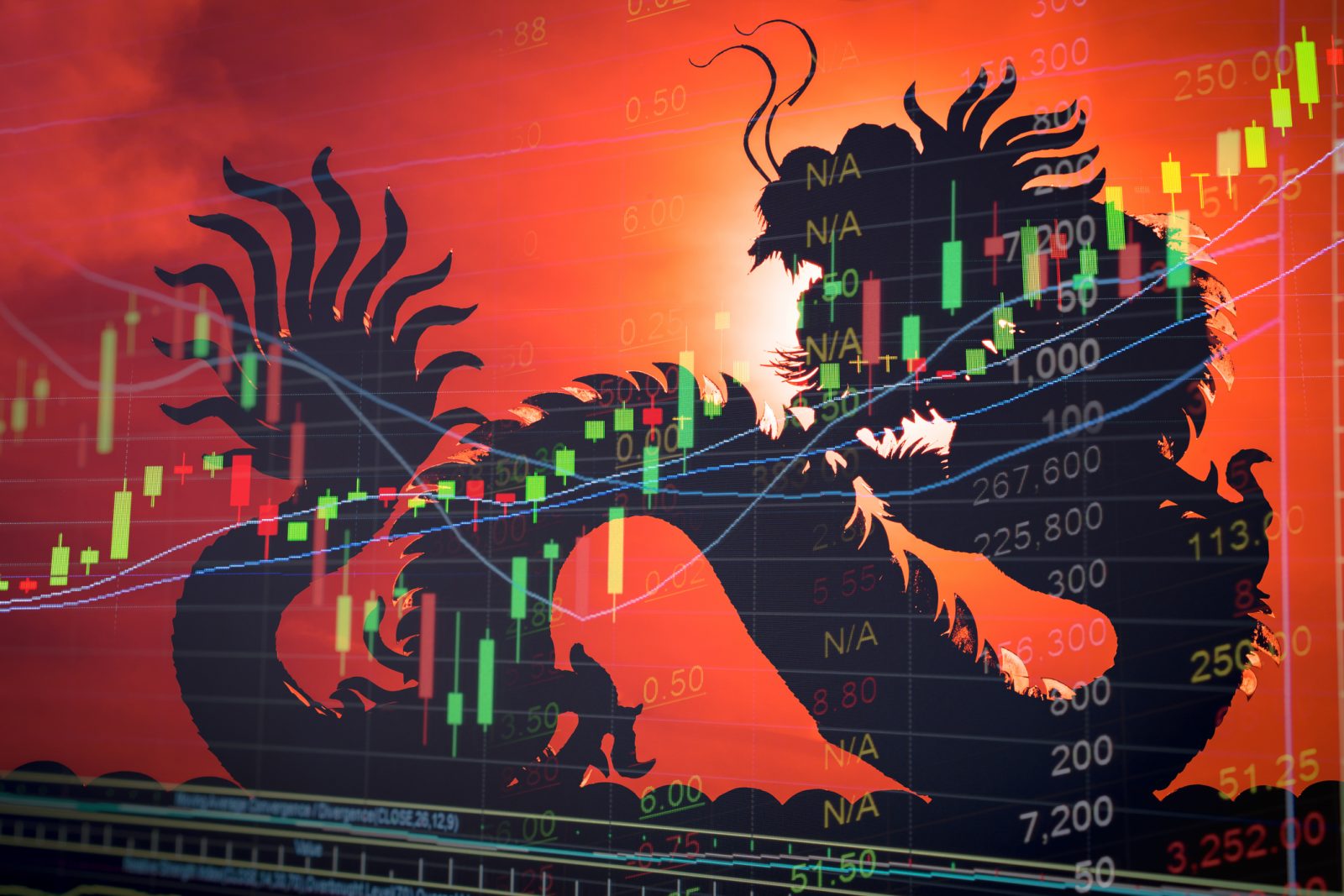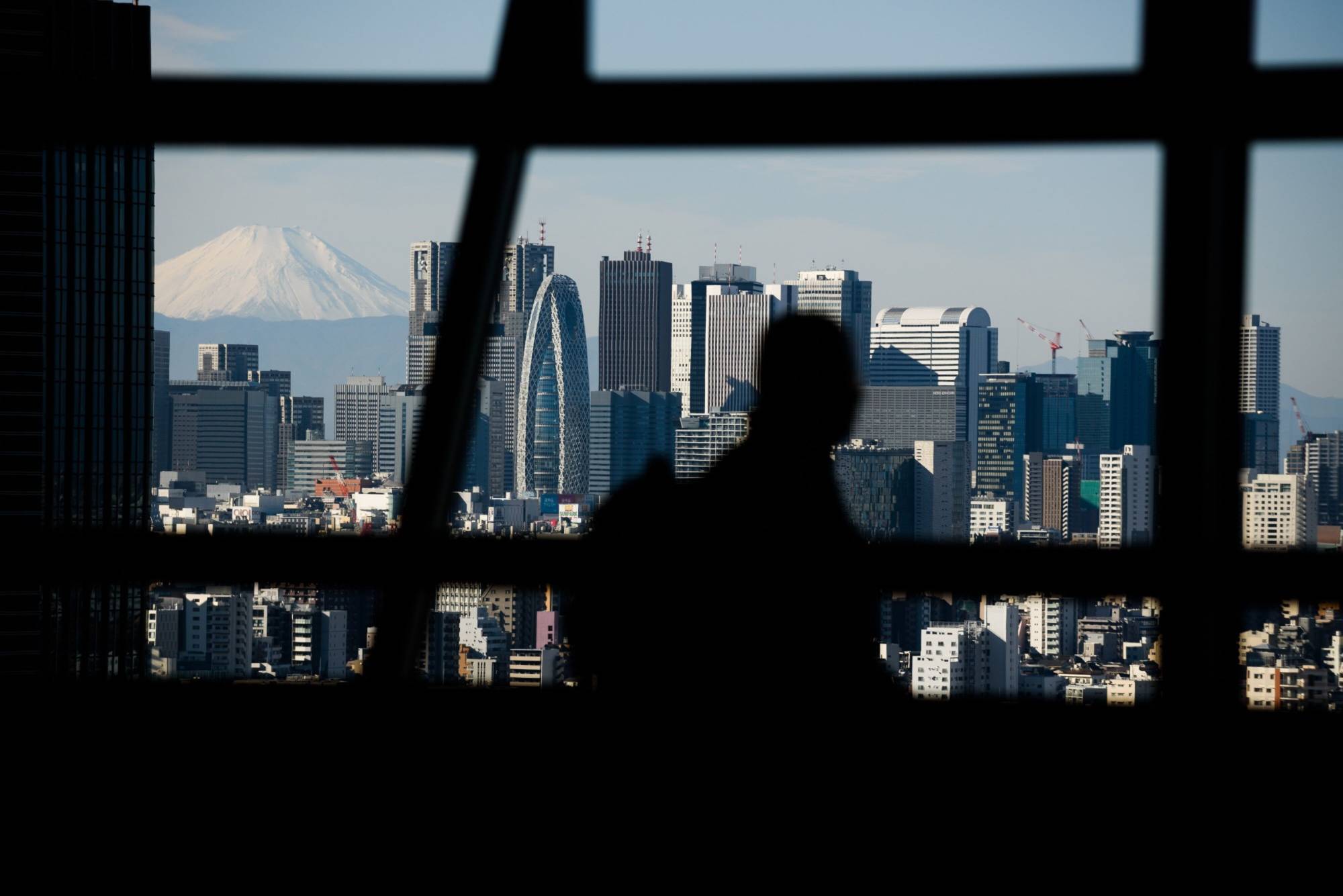Alright, folks, let’s cut to the chase. The bond market isn’t playing around today. We’re seeing a broad-based uptick in yields across the curve, and it’s sending a pretty clear signal.

The 10-year development policy bond ’25 National Development 05′ jumped 3.75 basis points to 1.7050%, while the 10-year treasury bond ’25 Attached Interest National Bond 04′ edged up 3 basis points to 1.66%. Even the long end isn’t immune, with the 30-year ’24 Special Treasury Bond 06′ climbing 3.5 basis points to 1.86%.
What does this mean? Frankly, it means investors are demanding a higher premium for holding Chinese government debt. And that’s not a good sign.
Let’s break down what’s happening under the hood:
Bond yields and prices move inversely. When yields rise, bond prices fall. This indicates decreased demand or increased expectations for inflation.
Development policy bonds generally carry slightly higher yields than traditional treasury bonds due to the increased risk associated with specific economic development projects. They are important for funding specific state initiatives.
Treasury bonds are considered benchmarks for the overall interest rate environment. their yields are frequently monitored as a general indicator of market sentiment.
Rising yields often signal expectations for economic growth or impending monetary policy tightening. Keep a close eye on this – it could ripple through the entire financial system. A sustained increase could translate to higher borrowing costs for businesses and consumers alike. I’ll be diving deeper into the potential implications in my next post. Stay tuned, and don’t get caught flat-footed!






